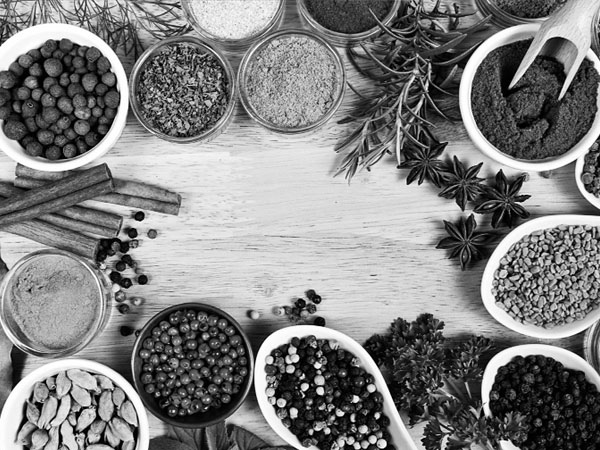
India has emerged from a state of chronic food scarcity just after Independence to becoming one of the largest producers, consumers and exporters of most agricultural commodities today.
However, the Indian agriculture sector is always exposed to numerous unpredictable risks and uncertainties. On one hand, crop yields are highly susceptible to uncontrollable factors like weather/climatic disruptions, natural hazards and insect-pest-disease attacks, among others.
On the other hand, post-harvest outputs are exposed to physical risks like deterioration of quality and quantity during the course of storage and transportation. Further, price risk comes into the picture during the course of realisation of price of the produce by farmer producers.
Price volatility of agricultural commodities leaves a farmer uncertain about the price he will receive at the time of sale. This makes every investment decision a farmer makes during the crop cycle, a difficult one as he doesn’t know whether he will be able to pay back the loan for the investment (labour, fertiliser, equipment & repairs, etc).
Uncertain prices pressurise a borrower’s ability to repay and thus make agriculture financing a risky proposition for financiers too.
Though commodity futures are available with Indian commodity exchanges where farmers can sell futures on various agricultural commodities to `lock in’ their price, there are two drawbacks to it.
Firstly, selling through futures means putting up margins and secondly, giving up on any further rise is the price of their produce.
Commodity options could serve as a more efficient hedging instrument. Buying a put option is similar to selling futures without involving any margin. The only loss that accrues if the underlying commodity’s price increases for the put buyer, who could be a farmer, is the original premium posted. The benefit of the upside is preserved for the put buyer.
AN EFFICIENT HEDGING INSTRUMENT
Commodity options serve as a price insurance for which a farmer pays a premium (the price of the option). Using options, a farmer, even before the sowing of the crop, can purchase the guarantee of a minimum price without incurring the obligation to sell at that price should the market price be higher at harvest time.
Thus, the benefit of the upside is preserved for them, which is not the case with commodity futures.
CONNECT FARMERS TO REGULATED MARKETS
Options can serve as a cost effective hedging instrument for small and marginal farmers. Farmer producer organisations (FPOs) or other aggregators can aggregate the produce from them and buy put options at the exchange against that aggregated quantity.
MARKET-BASED POLICY INSTRUMENT
Most governments around the world intervene actively in the operation of their agricultural markets to protect interest of farmers and consumers.
In India, the minimum support price (MSP) is the government’s intervention to protect farmer producers from adverse prices and enable them to receive at least a certain minimum price of their produce.
When market prices fall below the announced MSPs, government procurement agencies step in to procure the crop and ‘support’ the prices.
Although MSP protects the interest of farmers, it costs heavily to the exchequer. The total food subsidy, which was around Rs 2,000 crore in 1987-88, has gradually increased to the level of Rs 72,823 crore in 2011-12.
Further, the food subsidy budget for FY17 was Rs 1.34 lakh crore, of which Rs 1.03 lakh crore is to be routed through FCI to the intended beneficiaries.
The government can use options as a market instrument to save on its procurement, interest, storage and insurance costs, while subsidising the premium payable by farmers through direct benefit transfer (DBT) in pursuit of its social goals.
In addition, government agencies could sell call options in open market for the unencumbered stock in warehouses, thereby gathering additional premium and hence revenue for its market operations.
STIMULATING RURAL CREDIT
Commodity options can improve the terms of commodity financing. Prices of farmers’ produce are locked while leaving upside potential open, ensuring the lender that these revenues will cover repayment of the loan. This increases creditworthiness of the farmers and the benefit can be passed on in terms of lower interest rates.
CONCLUSION
In a developed commodities derivatives market, there could be several market-based instruments like options, forwards and futures that rely on market prices rather than administrative prices thus shifting risks to viable financial markets who are better able and willing to take risks.
Out of these instruments, commodity options could serve as the best alternative to augment the existing agricultural ecosystem in the country.
Although options are easier to use for farmers as compared to futures contract, there are still a few deterrents that need to be ironed out before a majority of farmers use the options directly on exchanges. Financial literacy would be the most critical issue in adopting the same at a basic level.
(The writer is chief, commercial segment, NCDEX)




